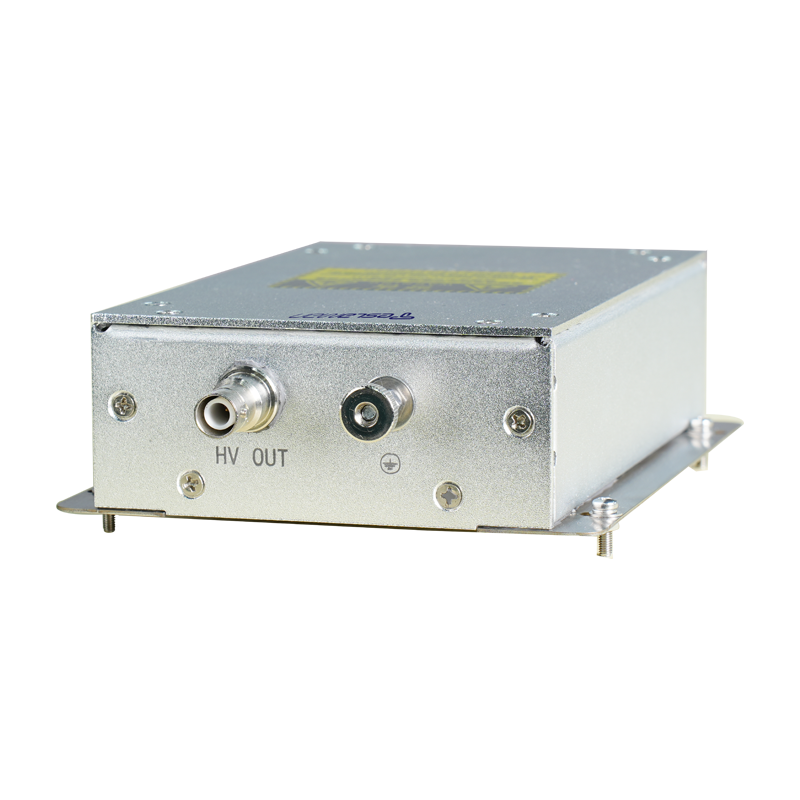The Application and Performance Verification of High-Voltage Power Supply Systems in Avionics Equipment
With the rapid development of avionics technology, the application of high-voltage power supply systems in avionics equipment has become increasingly widespread. High-voltage power supply systems provide stable, reliable, and efficient power for avionics equipment, which is of great significance for ensuring flight safety and improving flight performance. This article will discuss the application of high-voltage power supply systems in avionics equipment and their performance verification methods from a professional perspective.
I. Application of High-Voltage Power Supply Systems in Avionics Equipment
1. Engine Control Systems: Engine control systems are the core components of avionics equipment, responsible for monitoring and controlling various parameters of the engine to ensure its stable operation under various working conditions. High-voltage power supply systems provide stable power for engine control systems, ensuring that they can accurately execute control commands and ensure flight safety.
2. Aircraft Electrical Systems: Aircraft electrical systems include lighting, communication, navigation, and other subsystems, which are crucial for the normal operation of pilots and flight safety. High-voltage power supply systems provide constant voltage and current to ensure that the various devices of the aircraft's electrical system can work normally in harsh flight environments.
3. Airborne Radar and Communication Equipment: Airborne radar and communication equipment are important tools for pilots to obtain air situation and conduct air-ground communication. These devices usually require higher power output, so they have high performance requirements for power supply systems. High-voltage power supply systems can provide sufficient power to ensure that these devices do not have power supply failures at critical moments.
II. Performance Verification of High-Voltage Power Supply Systems
1. Stability Test: Stability is one of the important indicators to measure the performance of high-voltage power supply systems. During stability tests, various working conditions such as temperature changes and vibrations should be simulated to test the output stability of the power supply system under different conditions. In addition, attention should also be paid to the ripple and noise indicators of the power supply system to ensure that its interference to avionics equipment is minimized.
2. Reliability Test: Reliability testing aims to evaluate the performance of high-voltage power supply systems during long-term operation. Through accelerated aging tests, temperature cycling tests, and other methods, the fatigue condition of power supply systems in actual use can be simulated, thereby predicting their reliability throughout the service life.
3. Efficiency Test: High-efficiency high-voltage power supply systems help reduce energy consumption of aircraft and improve fuel economy. Efficiency tests typically include measurements of input power, output power, and conversion efficiency. By comparing efficiency data of different power supply systems, the most suitable power solution for avionics equipment can be selected.
4. Electromagnetic Compatibility (EMC) Test: Avionics equipment may be subject to electromagnetic interference from other devices during operation. Therefore, it is crucial to perform electromagnetic compatibility tests on high-voltage power supply systems. Through radiation emission, conducted emission, immunity and other test items, the performance of power supply systems in complex electromagnetic environments can be evaluated.
III. Conclusion
High-voltage power supply systems play an indispensable role in avionics equipment. To ensure the normal operation of avionics equipment and flight safety, the performance of high-voltage power supply systems must be fully verified. Through stability, reliability, efficiency, and electromagnetic compatibility tests, it can be ensured that high-voltage power supply systems meet the needs of avionics equipment and provide strong support for the safe and efficient operation of aircraft.




















